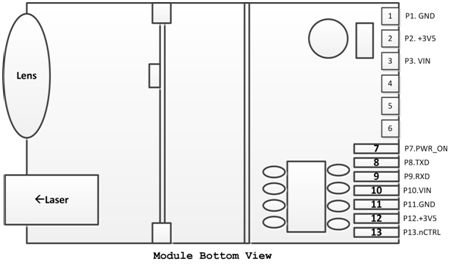Key Techniques for Prolonging the Peak Period of Laying Hens
First, the supply of sufficient protein When the egg production rate from the early egg production (78%) to more than 80% of the peak egg production, the protein content of the diet should be increased from 17% to 19%. In the actual production, when the farmer predicts that the egg production rate should rise, one should feed the higher protein diet one week ahead of time, prompting the peak of egg production. The law of protein addition is: the egg production rate is increased by 10%, and the protein level in the diet is increased by about 1%. When the egg production rate begins to decline, the protein level in the diet is reduced by a week or so, which can reduce the egg production rate.
Second, control the energy level The energy intake of the diet is low when the energy level is low, but it is easy to cause feed wastage; when the energy level in the diet is high, the intake is less, and the intake of the protein changes when the feed intake changes. Therefore, energy levels and protein levels must be scientifically balanced in the diet.
Third, the appropriate amount of additives to feed baking soda can increase the egg production rate and eggshell strength, reduce broken eggs, improve breeding efficiency; appropriate addition of choline chloride can maintain egg production rate; appropriate vitamin additives can replace the green feed, activate the chicken Reproductive function, increase egg production rate.
Fourth, timely and appropriate amount of calcium According to the physiology of laying hens and experiments show that from 12 to 18 o'clock per day, the best effect of calcium supplementation to laying hens, laying hen dietary calcium content of 3.5% is appropriate, when the egg When the peak arrives, it can increase to 3.7%, but calcium supplement cannot use powdered limestone, otherwise it will affect the chicken's feed intake. Man-made calcium should add some shells, the effect is very good.
Fifth, the correct implementation of the light system of light can stimulate ovulation and increase egg production. Starting from the age of 20 weeks, it is necessary to increase the lighting time and artificially supplement the light. Should be increased by half an hour each week until the daily light reaches 16 hours. It is advisable to use 16 hours of light each day during the peak period of egg production. Until about 4 weeks after the end of the laying period, one additional hour may be added until the end of the first egg production period. In actual production, artificial light supplements work best every morning before dawn. When supplementing the light, the lamp is 2 meters high and the lamp is 3 meters away. A 40-watt bulb with a good reflector is set for every 15 square meters so that it is evenly illuminated by light.
Industrial Laser Distance Sensor
Industrial Laser Distance Sensor, we also call it secondary development laser distance module, which support TTL level and CMOS. The laser range sensor can be widely used in professional surveying, mapping, construction, robots, hunting arrows, industrial monitoring and automated measurement applications in electricity, transportation, etc. Our laser distance module supports data communication with RS232, USB with a simple adapter. The results of laser distance sensor can be evaluated with Arduino. We are always looking ahead, hoping we can make every measurement simple in life!

Parameters of M703A:
|
Accuracy |
±1 mm (0.04 inch) |
|
Measuring Unit |
meter/inch/feet |
|
Measuring Range (without Reflection) |
0.03-150m |
|
Measuring Time |
0.1~3 seconds |
|
Laser Class |
Class II |
|
Laser Type |
635nm, <1mW |
|
Size |
72*40*18mm (±1 mm) |
|
Weight |
About 21g |
|
Voltage |
DC2.0~3.3V |
|
Electrical Level |
TTL/CMOS |
|
Frequency |
10Hz |
|
Operating Temperature |
0-40 ℃ (32-104 ℉ ) |
|
Storage Temperature |
-25~60 ℃ (-13~140 ℉) |
Laser Distance RS232,Arduino Distance Module,Laser Module RS232
Chengdu JRT Meter Technology Co., Ltd , https://www.cdlaserdistancemodule.com